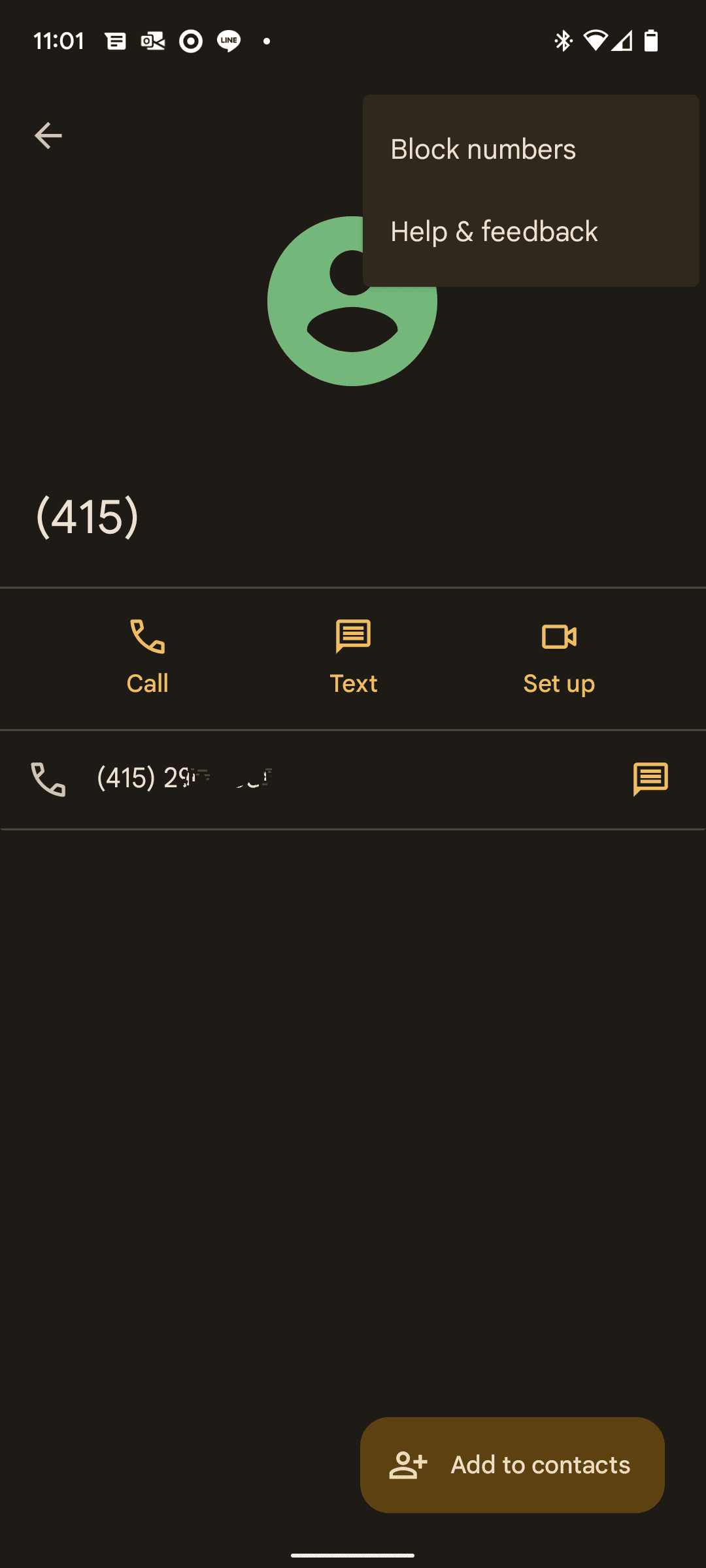Successful B2B sales simulation: a guide
%20(1)%20(1).jpg)
Your Call Data in One Place
AI call notes, real-time coaching, conversation intelligence, CRM integration, and more...
Want to instill the best sales practices within your team?
Sales simulations are the best way to do so. They allow you to test the skills of your sales reps in real-life situations.
Through role-playing, you can coach them closely and make your training sessions fun and interactive.
In this guide, you’ll get the best tips for successful sales simulations.
What are the goals of a sales simulation?
When it comes to recruiting, onboarding, or coaching teams, simulations can help sales managers in many ways.
With them, you can work on every aspect of customer interaction and coach on soft skills. You can use them to :
- Improve pitch assimilation.
- Check product knowledge.
- Cultivate negotiation and objection-handling best practices.
- Work on voice, intonation, and self-expression.
It is up to you to address the issues that come up most often in your reports and team meetings.
The different types of sales simulation
With the rise of online learning, you can now leverage a variety of sales simulation formats :
- Interactive simulation: a questionnaire or MCQ to fill according to a written script. It’s inexpensive and easy to set up.
- Video simulation: interactive videos that change based on the user's decisions. This is one of the latest innovations in sales e-learning. It’s easily scalable for large sales teams.
- Real-time simulation: face-to-face role-playing between two conversation partners. It needs more preparation time, but it also provides better results.
The last training format, although the most time-consuming, ensures the best retention and memorization. Your sales reps learn much more from training that involves them directly and replicates real-life situations.
You can do them in many ways :
- Manager-managed: you play the role of a buyer and your reps try to win you over. The benefit here is that you know the best way to test your reps.
- Salesman-saleswoman: one rep plays the role of buyer and another talks to him/her, and then they switch roles. In this situation, they both can practice their sales skills and put themselves in their customer's shoes (which is an exercise that can improve their mind-reading skills).
- Collective or team: you involve your team in group games. This is useful for sharing good practices within your team and for bringing collective intelligence into play.
Interested in these types of exercises? Here's how to organize them.
Sales role-play scenarios: 8 ideas
Whether in teams or in pairs, you can set up different sales scenarios for your teams. Each of these scenarios should be as close as possible to your salespeople’s real-life customer meetings.
Here are some examples (you might write these scenarios on a piece of paper and have them read to your fictitious buyers):
The reluctant buyer
During a discovery call, the buyer answers all the questions of the rep in detail. The rep thus assumes his/her interest and tell him/her the next steps. But at this moment, the prospect seems reluctant to pursue the conversation. He/She’s still unconvinced of the solution and has unhandled objections.
Purpose of the exercise: figuring out the pain point that really matters to the prospect. The buyer imagines important needs for him, while your reps need to find the right question to ask to reveal them.
The value-for-money buyer
The meeting goes well, and the customer is very open to the product and the pitch. So the rep decides to discuss the price, and at this very moment, the buyer stresses the need for value. Based on market data he/she has found, he/she negotiates hard on every proposal the rep makes.
Purpose of the exercise: practicing price negotiation. Your reps must be able to defend their value proposition while showing positive signs of compromise. The buyer is difficult, but all he wants is to be reassured.
The astute buyer
As soon as the conversation starts, the buyer thoroughly compares the rep's product with those of competitors. The rep find himself/herself having to defend his/her value proposition.
Purpose of the exercise: arguing against the value propositions of competitors. The buyer needs to bring up competitors’ specificities, while your reps need to point out elements of differentiation.
The suspicious buyer
During a discovery call, the buyer seems uninterested and replies briefly to the rep's questions. To break the ice, the rep points out the caller's lack of involvement. The caller then mentions a friend that had a negative experience with the rep's product. The rep finds himself/herself having to explain himself/herself and build trust with the buyer.
Purpose of the exercise: turning around a critical situation. Your reps need to reassure the buyer about a past negative experience and guess the key moment that led to their emotions.
The knowledgeable buyer
Immediately after the meeting starts, the customer overwhelms the rep with questions about the products. He/his deflects from the rep's questions and wants to get straight to the point. He asks for technical knowledge and wants to know if his/her product can solve their particular problem.
Purpose of the exercise: testing product and technical knowledge. Your reps need to prove their company's expertise on specific topics that the buyer raises.
The busy buyer
After some successful meetings, the customer hasn’t responded to emails, so the rep calls him. On the phone, the buyer tells the rep that he/she has currently little time to invest in the project. The rep now wants to know when it will be most convenient to get back in touch.
Purpose of the exercise: keeping in contact with busy customers. Your reps need to arrange a time to talk with a particularly busy prospect. They also need to identify if the busyness is a real reason or merely an excuse.
The short-on-budget buyer
The customer shows real interest, but as the negotiation moves forward, he/she tells the reps he/she’s short on budget. The rep wants to know what the budget is, and how and when it is set.
Purpose of the exercise: handling budget issues with prospects. Your reps need to prove the value of their offer and invite their subjects into next year's budget considerations.
The agreeable buyer
Throughout the conversation, the buyer is engaged and takes initiative. He/she almost pulls the discussion to his side. This comforts the rep, and he/she lets him speak more and more. Yet, when the rep brings on the next steps of your conversation, the buyer shows some reluctance.
Purpose of the exercise: keeping control of customer interaction even when everything is going fine. Your sales reps need to ensure there are no underlying issues or objections even when the customer seems perfectly interested.
Successful sales simulations: 5 best practices
To conduct these scenarios as successfully as possible, you need to create the right energy in the group. Your reps need to feel like these exercises are not evaluations, but opportunities to hone their sales skills.
Here are some tips for getting the most out of your sales simulations:
#1 Train on recurring topics or issues
For each scenario, you might focus on issues that your salespeople are likely to encounter every week.
What topics come up frequently during team meetings or in performance analysis? Answering these questions will already give you some ideas for scenarios.
You might also customize the exercises for each salesperson, based on the feedback and discussions during one-to-one meetings.
#2 Encourage creativity and spontaneity
Since every sales situation is unique, you might let your salespeople's creativity run wild. You might encourage them to imagine unique companies and buyers’ situations.
To do that, you can allow some time for the salesperson and the buyer to prepare their case. Improvisation will then help them deal with the situation individually. You might remind everyone that there is never one right answer to a situation, and that honesty and authenticity are always the keys.
#3 Give encouraging feedback
As explained, a sales simulation is not a skill evaluation. You should make it a fun training session that serves the development needs of your reps. In that sense, you want to give them positive and constructive recommendations, not criticisms that reduce their confidence.
For example, at the end of each scenario, you can ask your salesperson what they could have done better. You can then highlight their successes and point out areas for improvement.
#4 Involve the group
Like any game, a sales simulation works best when everyone participates.
This way, you can run these sales simulations with the rest of your team as spectators. At the end of each exercise, ask them how well the players performed, and how they would have done otherwise.
Collective intelligence can go a long way in fostering the most successful attitudes. On top of that, it will strengthen the bonds and synergies already present in your team.
#5 Leverage voice data
Want to analyze your reps' sales simulations in depth?
Leveraging voice data from all these interactions can enhance learning. By sharing with your team the strengths/weaknesses of each interaction and statistical insights, you can cement the lessons of each exercise in the mind of your reps.
This is why conversational intelligence tools are the perfect complement to sales simulations.
Noota: getting the most out of your sales simulations
At Noota, we’ve designed a tool that guides your sales simulation exercises. Noota helps you analyze and track real-time voice interaction with built-in features like:
- Real-time objection detection and recommendations of questions to ask and answers to give.
- Visual KPIs to assess the strengths and weaknesses of the interaction.
- Screen recorder and automated note-taking to share lessons learned from each exercise.
Want to create an impactful sales simulation? Try Noota for free.
Your Call Data in One Place
AI call notes, real-time coaching, conversation intelligence, CRM integration, and more...
Related articles

Forget note-taking and
try Noota now
FAQ
In the first case, you can directly activate recording as soon as you join a videoconference.
In the second case, you can add a bot to your videoconference, which will record everything.
Noota also enables you to translate your files into over 30 languages.

.svg)
.svg)
.webp)

.png)


.svg)
